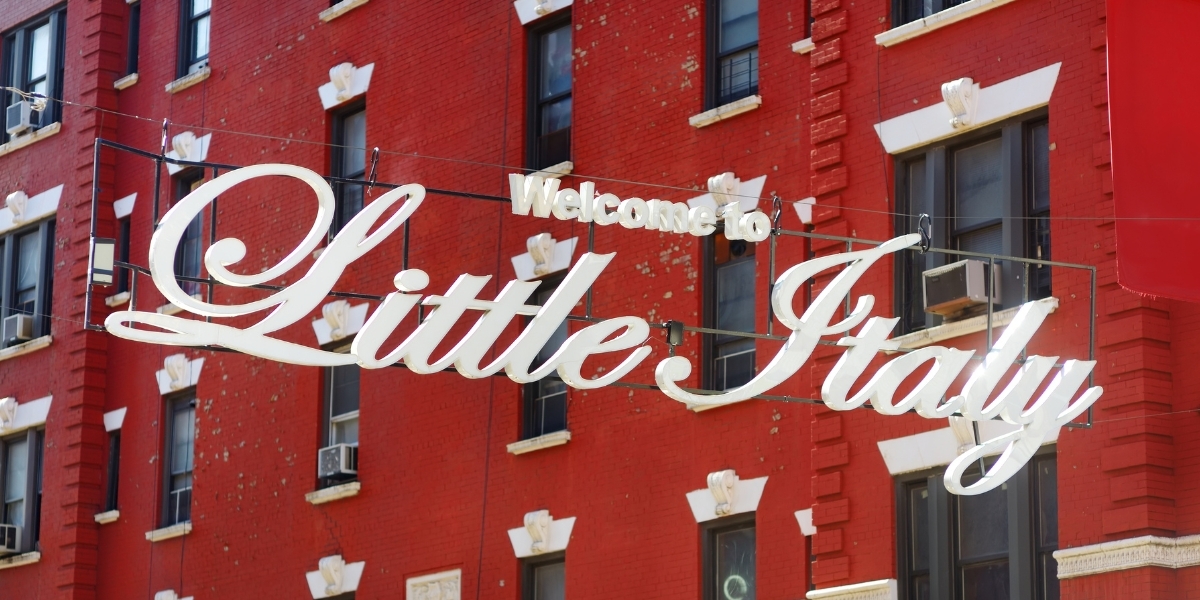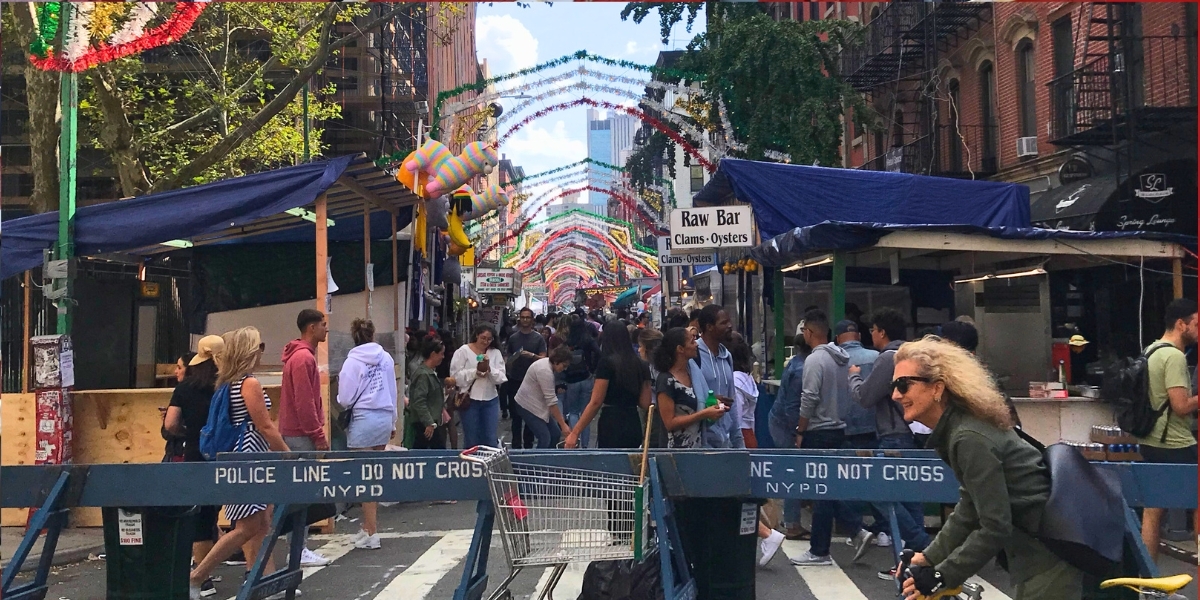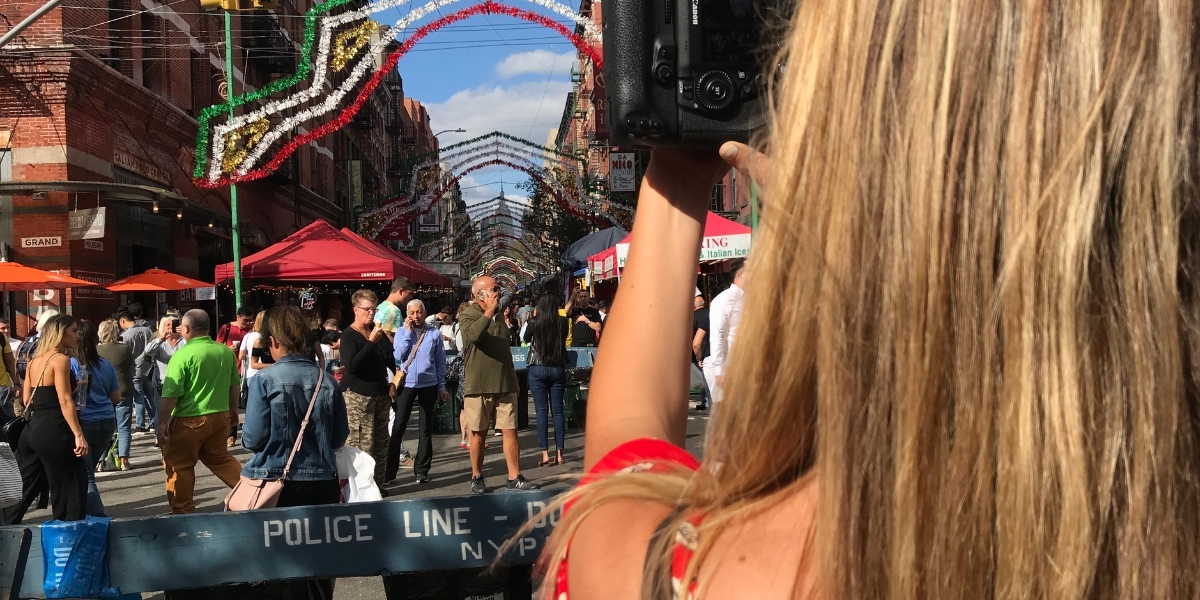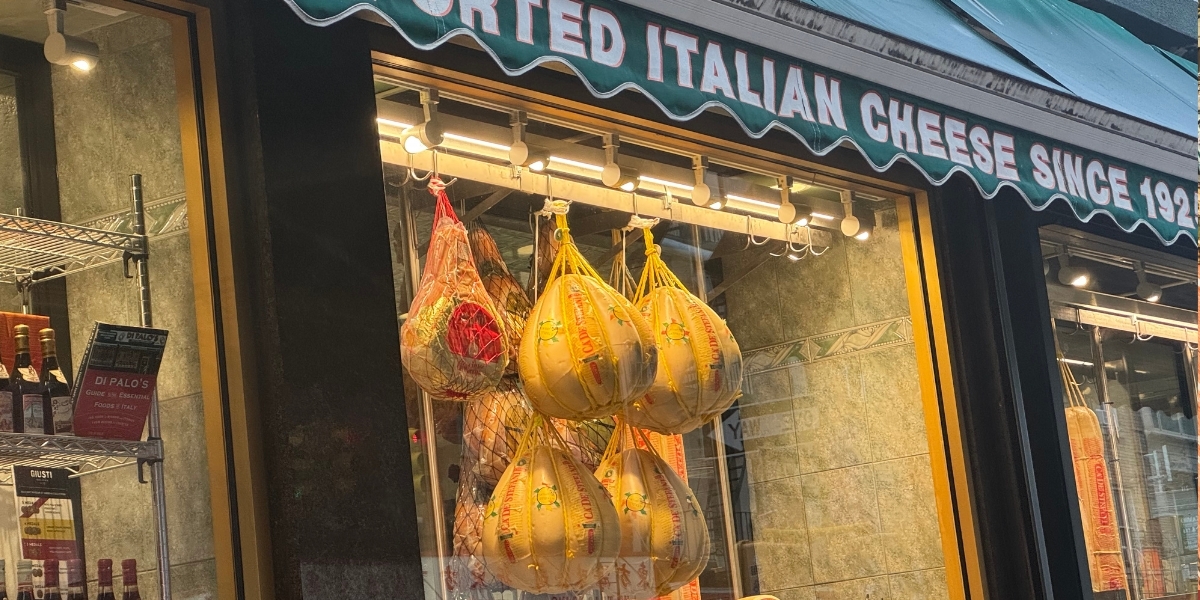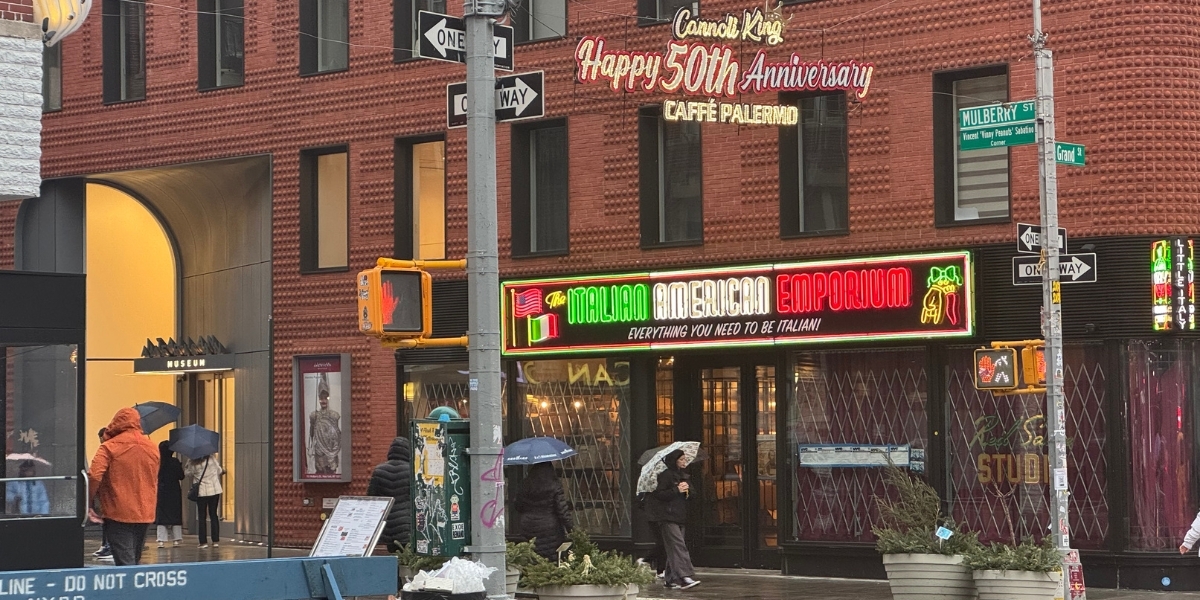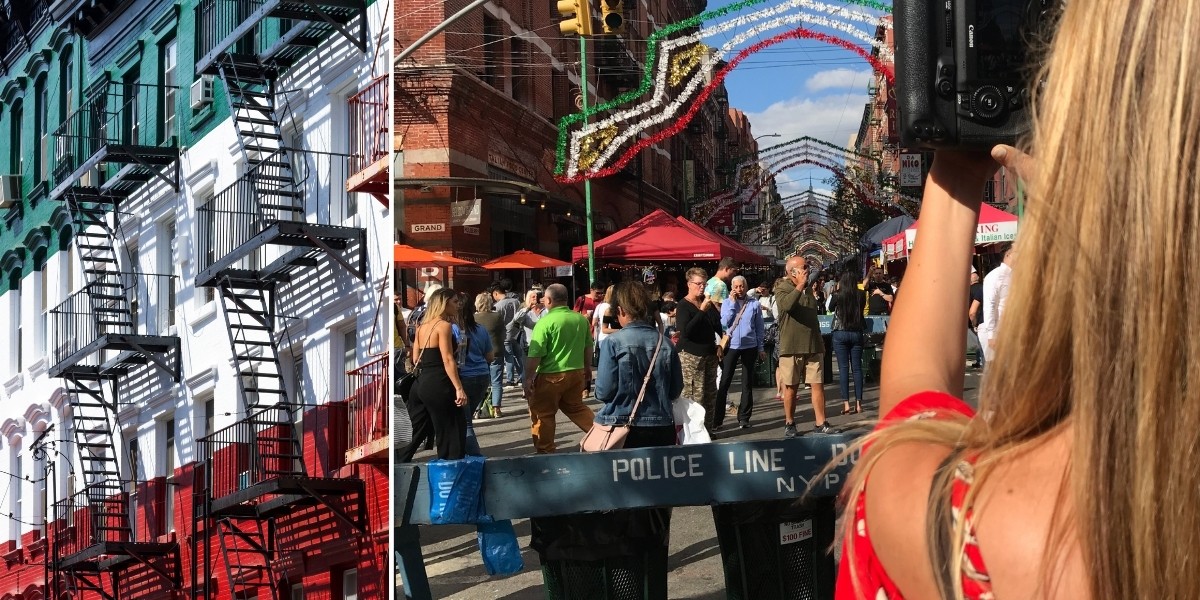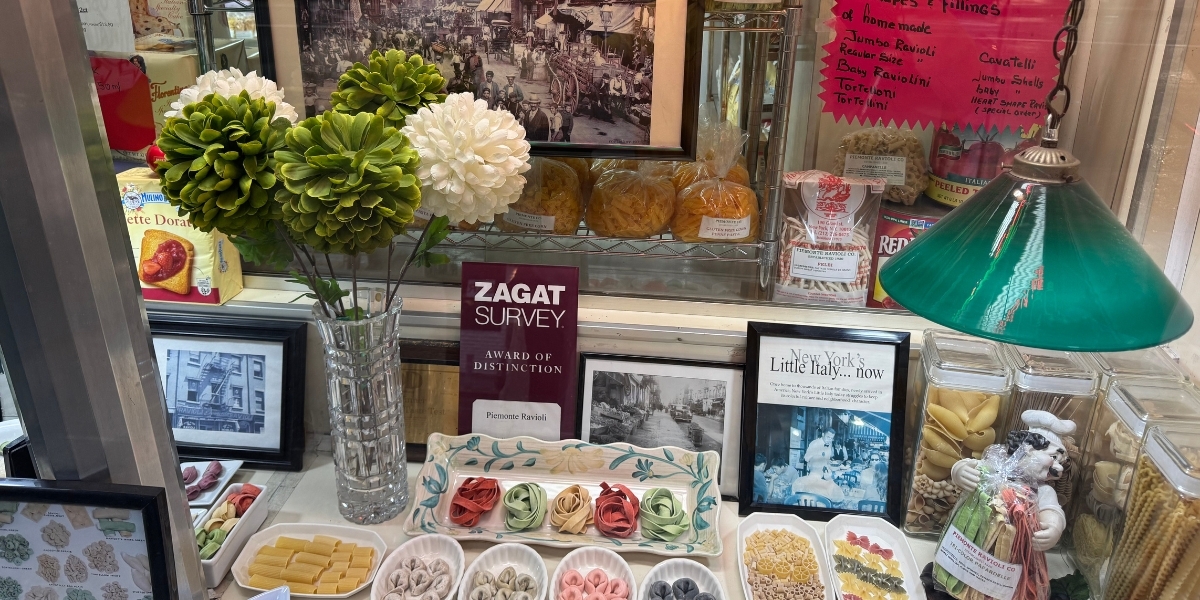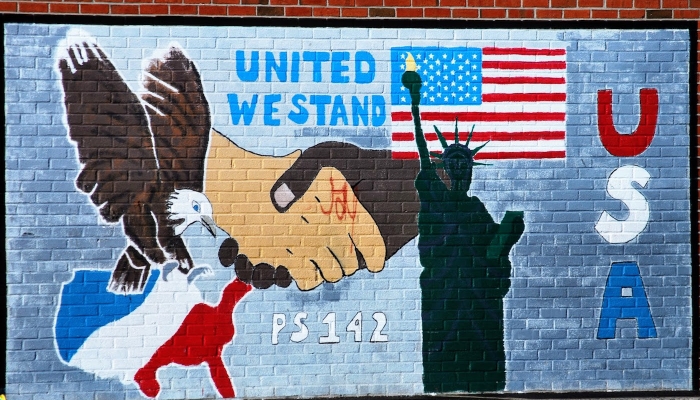-
ALL TOURS & ACTIVITIES
-
ALL TOURS & ACTIVITIES
- Cruises & Helicopters
- Museum Tickets + NYC Passes
- Broadway Shows
- NYC by Night: Cruises & Activities
- NYC by Holidays: Cruises & Activities
- Restaurants
- Top Sellers
-
ALL TOURS & ACTIVITIES
- Offers & Holidays
- Transfers
- NYC Guide
- Stay
- Travel Planner™
- Disney™
Exploring Little Italy: History, Culture, and Must-Visit Attractions in NYC
Little Italy with Mulberry Street- - The Little Italy of Today vs. Yesterday
- - Mulberry Street
- - Where is Little Italy and How to Get There
- - Map: Little Italy
- - Italian American Museum
- - The Feast of San Gennaro
- - Little Italy
- - Eating Italian in Little Italy
- - DiPalo, an Iconic Italian Grocery Store in Little Italy
- - DiPalo - Little Italy
- - How to visit Little Italy
- - Looking for a hotel in Lower Manhattan? Select your dates
The Little Italy of Today vs. Yesterday
Once a bustling enclave for Italian immigrants, Little Italy has transformed significantly over the years. In the early 1900s, the neighborhood was home to thousands of Italian families who brought their traditions, cuisine, and community spirit to New York City. Back then, the streets were filled with Italian-speaking residents, lively markets, and family-owned shops offering everything from handmade pasta to imported goods.
Today, Little Italy is a much smaller and more commercialized version of its former self. Rising rents and gentrification have pushed many Italian-American families to other parts of the city, leaving behind only a handful of authentic establishments. However, the neighborhood still retains its charm and serves as a living tribute to Italian heritage. The vibrant street art, historic buildings, and annual cultural festivals keep the spirit of Little Italy alive, making it a unique blend of history and modernity.
Mulberry Street
Mulberry Street is the beating heart of Little Italy. This iconic street is lined with Italian restaurants, cafes, and souvenir shops that celebrate the neighborhood’s heritage. Walking down Mulberry Street feels like stepping into a small Italian town, with outdoor dining areas, string lights, and colorful awnings creating a festive atmosphere.
During the day, Mulberry Street is perfect for leisurely strolls and window shopping, while the evenings come alive with the chatter of diners and the aroma of Italian cuisine. Some must-visit spots include Ferrara Bakery & Cafe, a family-owned establishment since 1892, famous for its cannoli and espresso, and Il Cortile, a charming trattoria offering traditional Italian dishes.
Where is Little Italy and How to Get There
Little Italy is one of New York City’s most iconic neighborhoods, offering a glimpse into the vibrant history and culture of Italian immigrants who settled here in the late 19th and early 20th centuries. Situated in Lower Manhattan, Little Italy is centered around Mulberry Street, bordered by Canal Street to the south, Bowery to the east, and Broome Street to the north. Though its footprint has shrunk over the years, Little Italy remains a must-visit destination for both locals and tourists.
Getting to Little Italy is easy thanks to New York’s extensive subway system. Take the 6, J, N, Q, R, Z, or W trains to Canal Street and walk a few blocks north. Alternatively, you can catch the B or D trains to Grand Street, which places you just a short walk away from the heart of the neighborhood. If you prefer buses, the M103 and M1 routes stop nearby. Walking or biking from neighboring areas like Chinatown and SoHo is also a pleasant option for exploring this historic area.
Map: Little Italy
Italian American Museum
Located at 155 Mulberry Street, the Italian American Museum is a cornerstone of the neighborhood’s cultural identity. This small but significant museum is dedicated to preserving the history and contributions of Italian immigrants in the United States. Through photographs, artifacts, and personal stories, the museum provides a deep dive into the struggles and triumphs of early Italian-American communities.
Highlights of the museum include exhibits on the mass migration from Italy to New York, the role of Italian-Americans in shaping the city, and the evolution of cultural traditions over time. Whether you have Italian roots or simply an interest in history, the Italian American Museum offers a moving and educational experience.
The Feast of San Gennaro
The Feast of San Gennaro is Little Italy’s most famous event, drawing thousands of visitors every September. Celebrated in honor of Saint Januarius, the patron saint of Naples, this 11-day festival transforms Mulberry Street into a lively carnival filled with food, music, and traditions.
Highlights of the festival include the Grand Procession, where a statue of Saint Januarius is carried through the streets, and the Blessing of the Stands, a ceremony that honors the vendors participating in the event. Food lovers will delight in the abundance of Italian delicacies, from sausage and peppers to zeppole and gelato. The Feast of San Gennaro is a vibrant celebration of faith, community, and Italian heritage that shouldn’t be missed.
Little Italy
PHOTO GALLERY
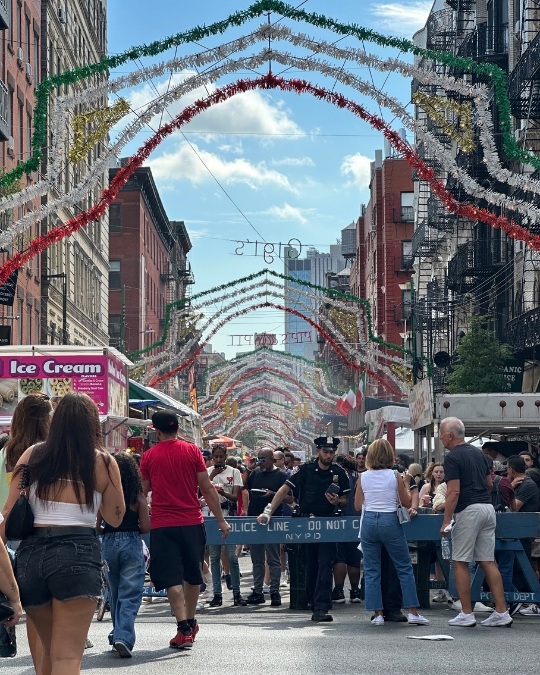
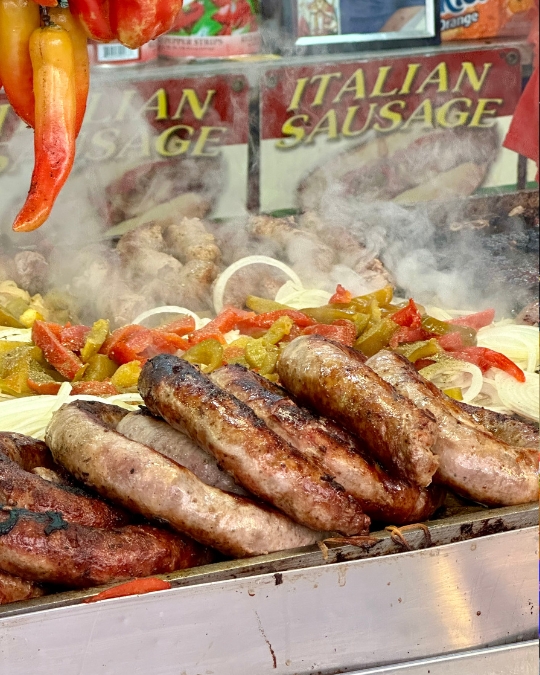
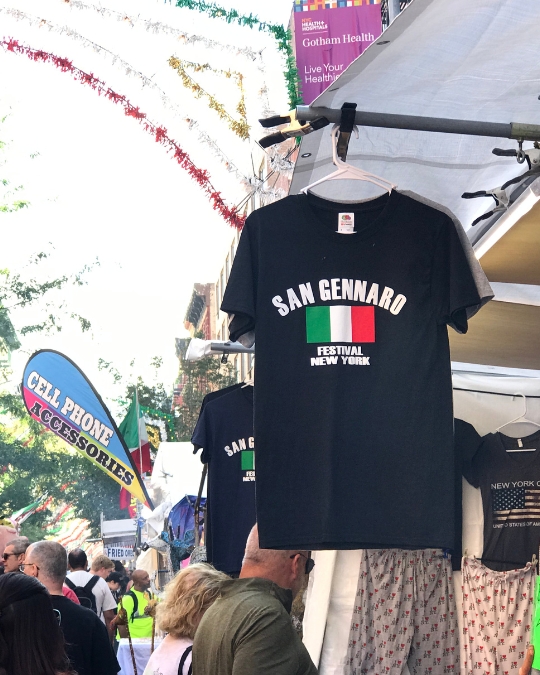
Eating Italian in Little Italy
No visit to Little Italy is complete without indulging in its culinary delights. The neighborhood is home to some of the best Italian restaurants in New York City, offering everything from classic pasta dishes to innovative takes on traditional recipes. Whether you’re in the mood for a cozy family-style meal or a quick bite, Little Italy has something to satisfy every palate.
For a classic dining experience, try Lombardi’s Pizza, which claims to be the first pizzeria in the United States. Their coal-fired pies are a must-try for pizza enthusiasts. Another iconic spot is Angelo’s of Mulberry Street, serving hearty Italian-American dishes since 1902. Don’t forget to stop by a local bakery for a fresh cannoli or a slice of tiramisu to complete your Italian culinary journey.
DiPalo, an Iconic Italian Grocery Store in Little Italy
Founded in 1925, DiPalo’s Fine Foods is one of the last authentic symbols of Italian heritage in Little Italy. For nearly a century, the DiPalo family has been selecting and importing top-quality products directly from Italy: cheeses, cured meats, oils, vinegars, pasta, sauces, and regional specialties, many of which are hard to find even in Italy today.Every item on the shelves tells a story of tradition and excellence. This historic store continues to attract both local New Yorkers and curious visitors, offering not only delicious foods but also a warm welcome, advice, and a passion for authentic Italian flavors.
DiPalo - Little Italy
PHOTO GALLERY



How to visit Little Italy
A walking tour accompanied by a local guide is definitely the best way to explore this part of Manhattan.Traveling to New York? 3 Articles to learn how to get around the city
Read our Top-3 Articles to learn how to get around New York City using Public Transportation.
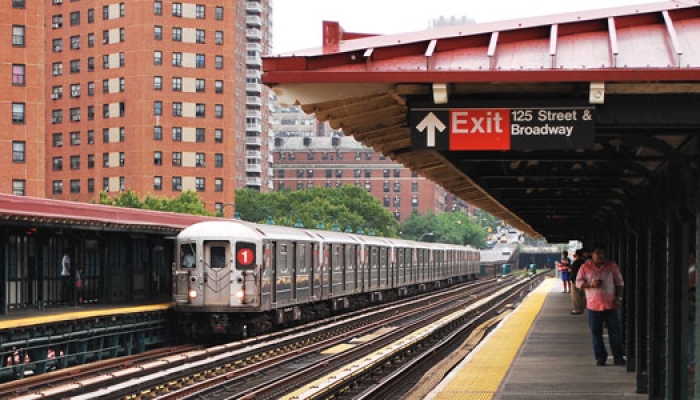
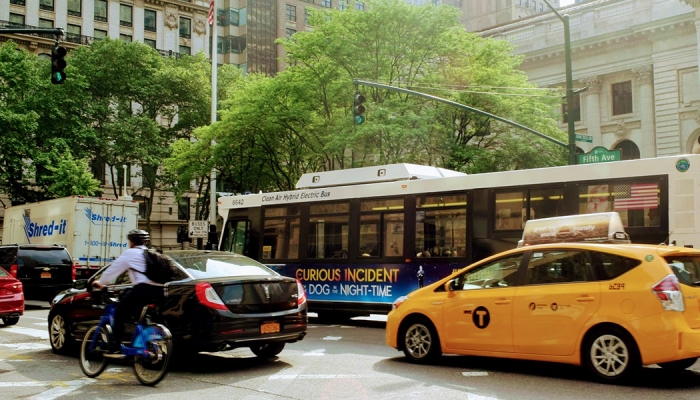
Looking for a hotel in Lower Manhattan? Select your dates
If you want to organize personalized tours by foot or by car with a local guide around New York City as well as outside the city, fill out the form below
